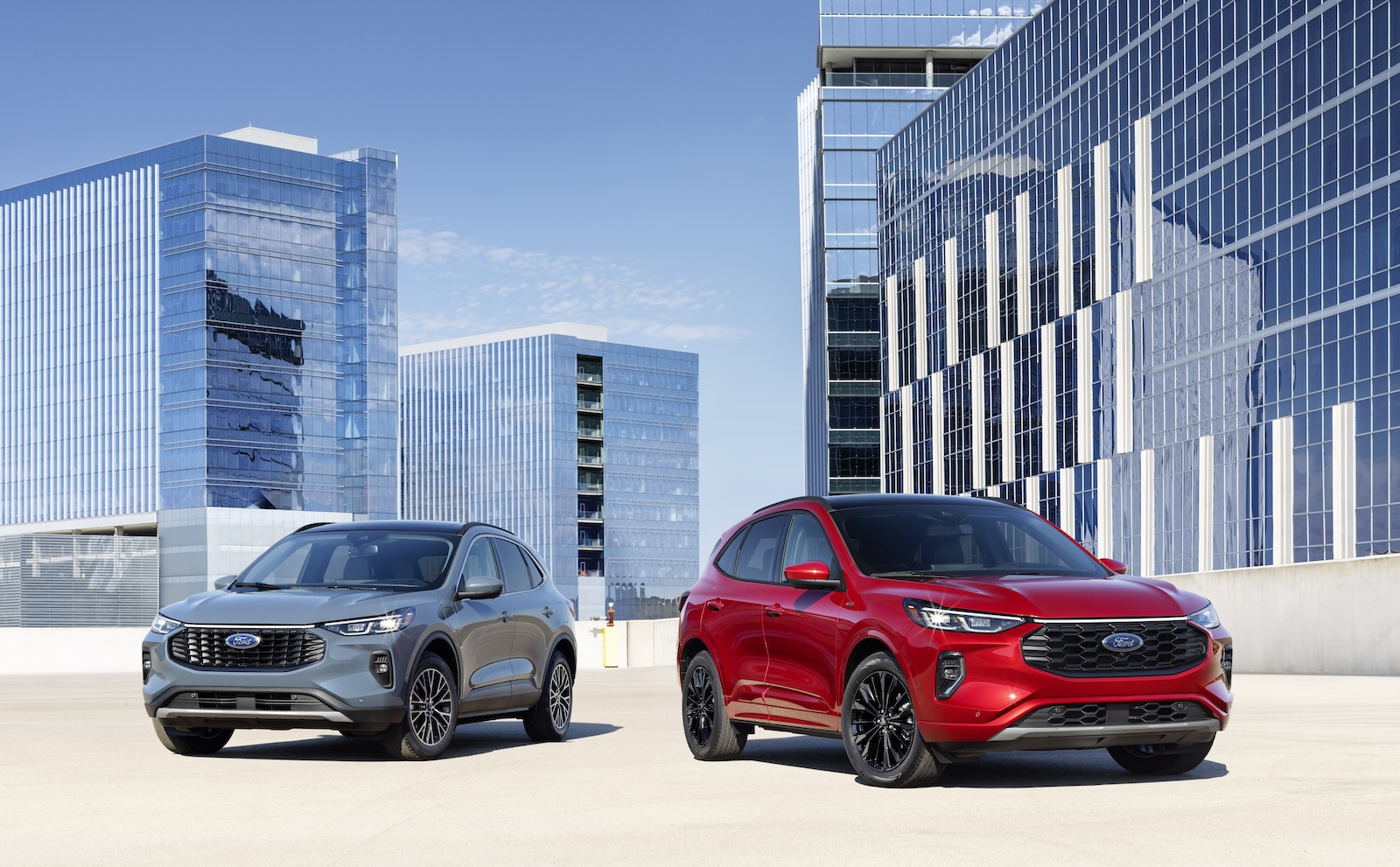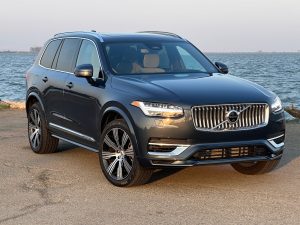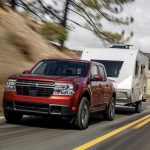The last two automakers reporting new vehicle sales results for February, Ford and Volvo, kept up the trend if big returns. Ford sales were up 10.5% while Volvo jumped 38%.

Ford Maverick Hybrid sales totaling 52,361 trucks, a 67% gain and more than half of Maverick’s total sales in 2023.
Ford’s big sellers last month were crossovers, SUVs, pickups and hybrids, according to the automaker. Hybrids showed the biggest jumps with the Maverick hybrid pickup and Escape hybrid crossover enjoying a combined 32% increase over the year-ago period.
The automaker’s sport-utility vehicles rose 22% to 76,403 vehicles, Ford reported.
“Hybrid vehicles continue to be a growth segment for Ford and sales have grown at a faster rate than the overall U.S. industry for much of the last year,” it said.
Follow the trend
Like many other automakers, they are either pushing their existing fleet of hybrids or are looking to reintroduce some back to their lineup after consumer demand for EVs stagnated almost a year ago.
Buyers are worried less about range anxiety and more about charger anxiety. An influx of stories in the mainstream news and social media about problems using public charging stations renewed concerns about electric vehicles. It also rekindled interest in hybrid vehicles.
More sales stories
- Sales of Hybrids Help Automakers Boost February Deliveries
- Healthy January Sales Get Car Business Off to Good Start in 2024
- Sales of German Brands Climb But Market Share Dips
Volvo too
Volvo’s U.S. sales rose 38% on a year-over-year basis, the company reported.
The increase was led by Volvo’s SUV range but also due to sales in February last year were negatively affected by lower production on the back of supply chain constraints. The share of Recharge cars reached 29% during the month.
Overall, its plug-in hybrids were up 30% whereas its fully electric models jumped 75%.
Final tallies
U.S. new vehicle sales were up 9.7% on a year-over-year basis according to Bank of America Global Research. Sales were also up 16% from January, which was lower than expected. The first two months of each year are typically slower than the remainder of the year. The stronger results bode well for the remainder of the year.
“We continue to forecast U.S. auto sales of 16.1mm in 2024, although some risks persist, which include macroeconomic uncertainty, inflation, elevated rates, weak (but improving) consumer confidence, and a potential U.S. recession,” according to a BofA report.
Sales growth should benefit from the release of pent-up demand following COVID-related production constraints. Additionally, fleet sales and a return in mass market sales are other incremental drivers.










0 Comments